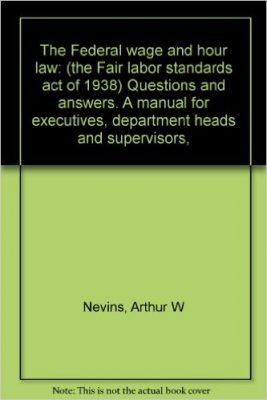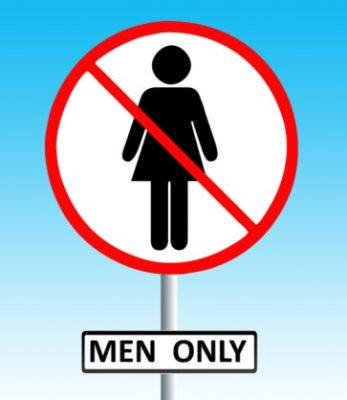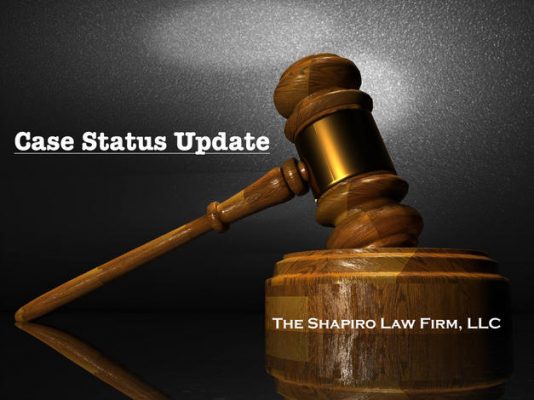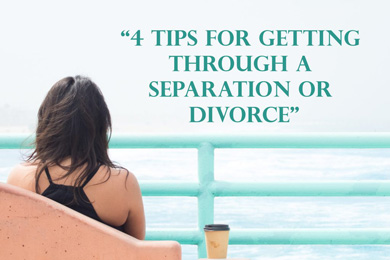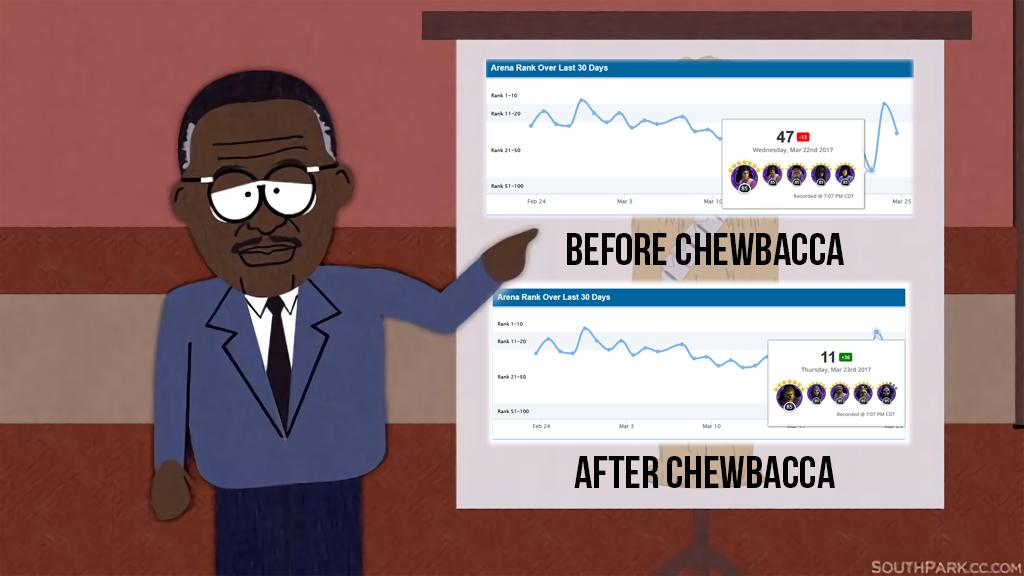Quick Tips by Workplace Discrimination Lawyers Anti-discrimination laws in Australia prohibit discrimination based on the protected attributes. The protected attributes include a person’s sex, relationship status, parental status, age, race, disability, political belief, trade union membership, gender identity, sexuality, family responsibility, and pregnancy. It can also be separated into direct and indirect discrimination.
Direct Discrimination Direct discrimination occurs when a business or a person within the business treats a person less favourably because of the protected attributes mentioned above. A business refusing to hire pregnant women is an example. Indirect Discrimination Alternatively, indirect occurs when a person or a business imposes terms which a person with the particular protected attribute cannot possibly comply with, and that which a higher percentage of people without the protected attribute can comply with, and the term is unreasonable.
An example of this would be if an employer requires its workers to wear a uniform which includes a cap purely for appearance reasons and not for hygiene or safety reasons. This is not direct discrimination, but it could be classified as indirect discrimination because it prevents people who have a religious or cultural belief from wearing a particular headdress. In that circumstance, for the business to not be seen as engaging in indirect, it must allow the opportunity for people to wear a religious or cultural headdress if they so choose.
Motives It is also important to realise that the motive for treating another person less favourably is not relevant. This is because direct and indirect can be unintentional or unconscious, and the Commission will not look at the reasons why such behaviour was instituted. Protection at Work It is important to remember that the discrimination laws protect workers in Australia while they are at work, while they are applying for work, andwhile they are attending a work-related activity. The protection protects both employees and contractors.
It does not matter whether the employee is full-time, part-time, or casual – they are all protected. The anti-discrimination law also applies to work performed on a voluntary or unpaid basis, work performed by students conducting work experience, work under an apprenticeship training programme or anything similar. Some Exceptions for Discrimination on the Basis of Age There are certain situations where conduct which may be perceived as discrimination may be lawful.
The first common exception is payment of workers who are under 21 years of age. Modern awards, enterprise bargaining agreements, and other industrial instruments often specify a lower pay for workers under the age of 21. It is not age discrimination to pay these workers the lower rates set under these provisions. It is also not unlawful to institute a compulsory retirement age in certain allowable circumstances.
Compulsory retirement age applies to some occupations includingjudges, fire officers, police officers, directors of public companies, members of the Australian Defence Force and some members of the public service. If a business is intending to institute compulsory retirement, it is important that they obtain legal advice on whether it is lawful. It is only lawful if there is a law in place that justifies compulsory retirement. If there is no such law, then compulsory retirement can amount to discrimination based on age. Nicholas Marouchak is a writer across several reputed industrial web posts. He writes for many online journals and portals that are related to Perth Employment Lawyers

